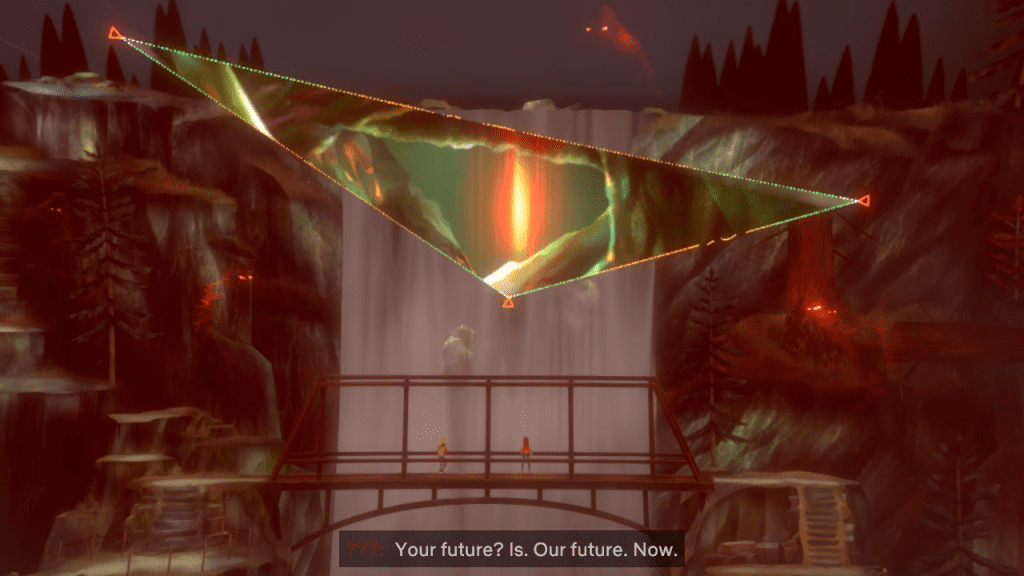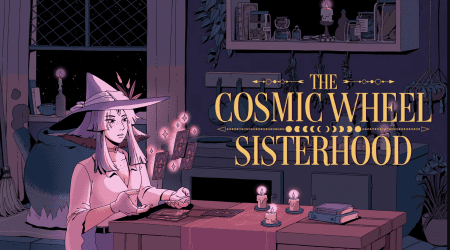OXENFREE II: Lost Signals opens with protagonist Riley waking up on a dock in the middle of a thunderstorm, not remembering where she is or why she’s there. She wanders, hands up against the wind, wondering aloud if this is just a dream. She gets to the top of a lighthouse where a crack in time opens up, splitting between 2023 and 1952. A woman looks out a viewing telescope.
“Do we know each other?” Riley asks.
“Bury me,” the woman whispers, turning, eyes burning posession-red, “where you can’t see water.”
The screen glitches. Scary sounds and half-remembered visions pop up on the screen for a few moments. Static hisses over creepy jumbled audio. Then, Riley wakes up at a bus stop, her walkie-talkie buzzing. It’s Riley’s new boss at her temp job where she’ll be placing transmitters across a coastline to track radio wave anomalies.
If you like ghosts and compassionately written alive people, and most of all, if you liked OXENFREE, you will love OXENFREE II which released on July 12 from Night School Studios.
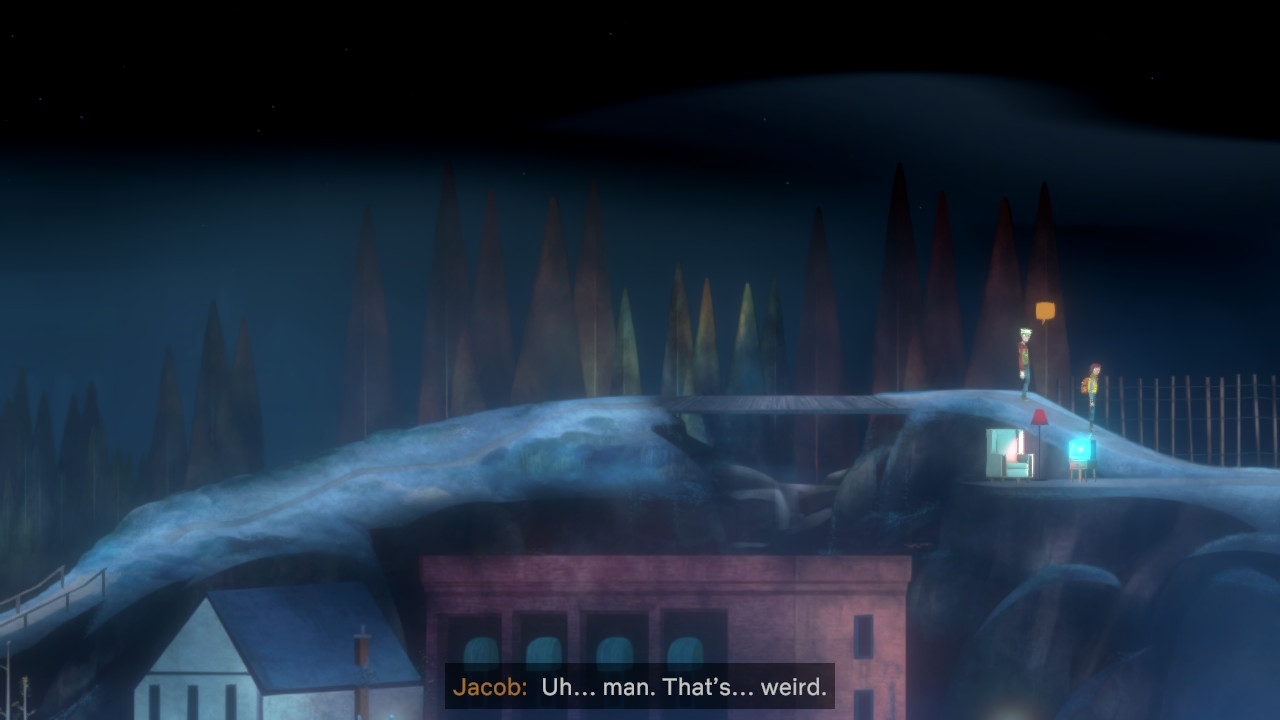
Wonderful Coastal Hauntings
It’s hard not to write a review that is directly comparing OXENFREE II to its predecessor at every turn. Both adventure games are absolutely beautiful with watercolor-style artwork and well-animated character sprites. There are clear, yet satisfying puzzles. Players move between map spaces, trying to get to the bottom of a spooky mystery. Night School’s sound design is particularly excellent, invoking the Pacific Northwest, dreams, and everyday life all at once.
OXENFREE, released in 2016 by Night School, centers on a group of painfully realistically written teenagers. They are funny, delightful, spirited, angry, annoying, and afraid. They have secrets and dreams. They do stupid teenager shit, like taking a ferry to wander an empty island at night.
In comparison, OXENFREE II has a much smaller central cast with only two primary characters, Riley and her co-worker Jacob, who are decidedly in their 30s. They are dealing with a bunch of spooky stuff because it’s a job. They have beef with their family, and are starting to wonder at the choices they’ve made along the way. Riley and Jacob are actually old high school acquaintances, and they can reflect on how they’ve changed. They can be kind and gentle with one another, or distant and dismissive, depending on your choices. As characters, they are flawed, but likable, just like many real-life adults. A few teens they run into keep calling them old. At one point, Riley can plaintively say, “I’m not forty-five!”
Riley and Jacob are much more set in their ways. They still have the capacity to change, but they are not sure they can, much less if they want to.
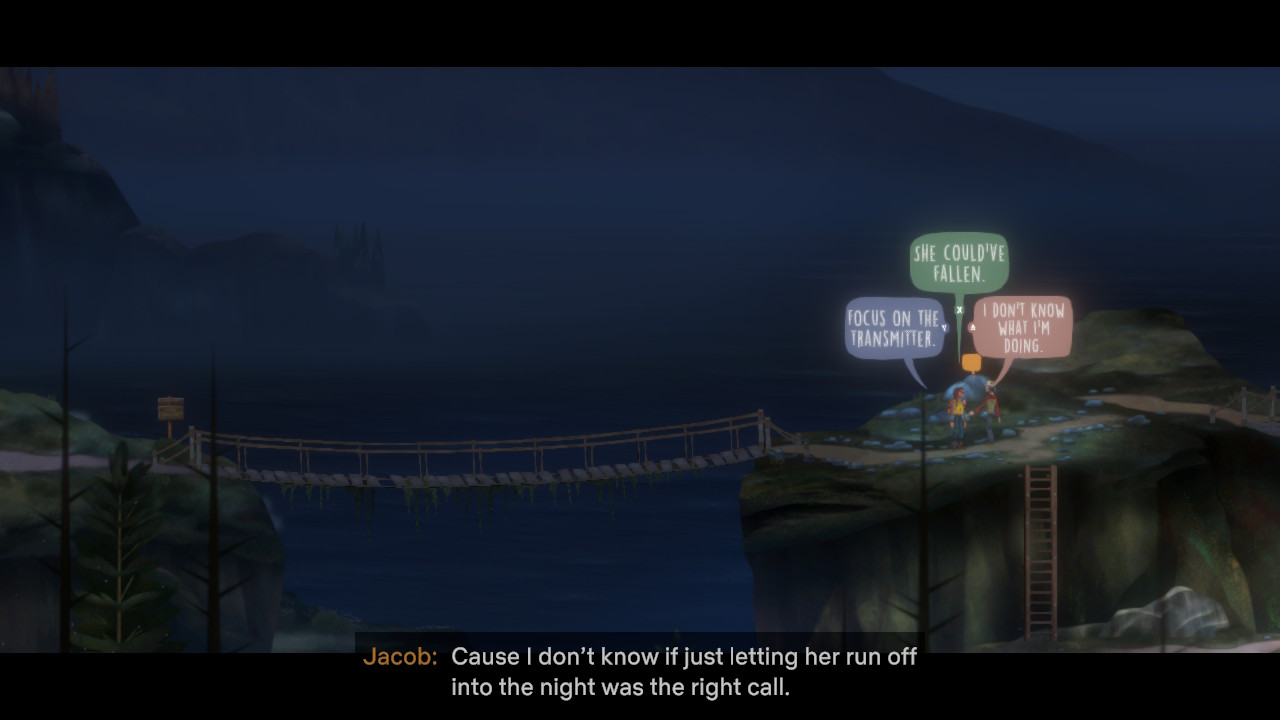
All Talk
OXENFREE II’s greatest strength is the same as the first: its dialogue. There is realistic, charming, biting, heart-wrenching writing throughout. Speech bubble options appear above a character’s head, with the option to not respond at all. Conversations flow between locations, and can pick up after getting distracted right where you left off just like a regular chat. The dialogue is so good that I actually taught OXENFREE in a college Fiction class.
Both games ask serious questions about life that are revealed slowly but surely. This subtle revealing of truths and pains feels natural and earned. I found myself settling into the conversations with Riley and Jacob, not realizing that hours had passed in real life, as we explored the Camena coast together.
If OXENFREE is about loss, then OXENFREE II is about regret. These games demonstrate the power of interactive media to communicate significant and worthwhile stories about the human experience.
If OXENFREE is about loss, then OXENFREE II is about regret.
While the majority of the conversations happen between Riley and Jacob, the player can also choose to call other people they meet in their journeys on a walkie-talkie. These can provide a variety of “side quests” that enrich the world, and also showcase how we have the power to make a positive impact on the world around us in small and big ways.
OXENFREE and OXENFREE II both heavily feature player choice, and they deliver a feeling of impact in incredibly rewarding and delightful ways. The epilogues feel earned. Some of my students, for example, figured out a possible ending in OXENFREE and freaked out (with excitement), and replayed the whole game again.
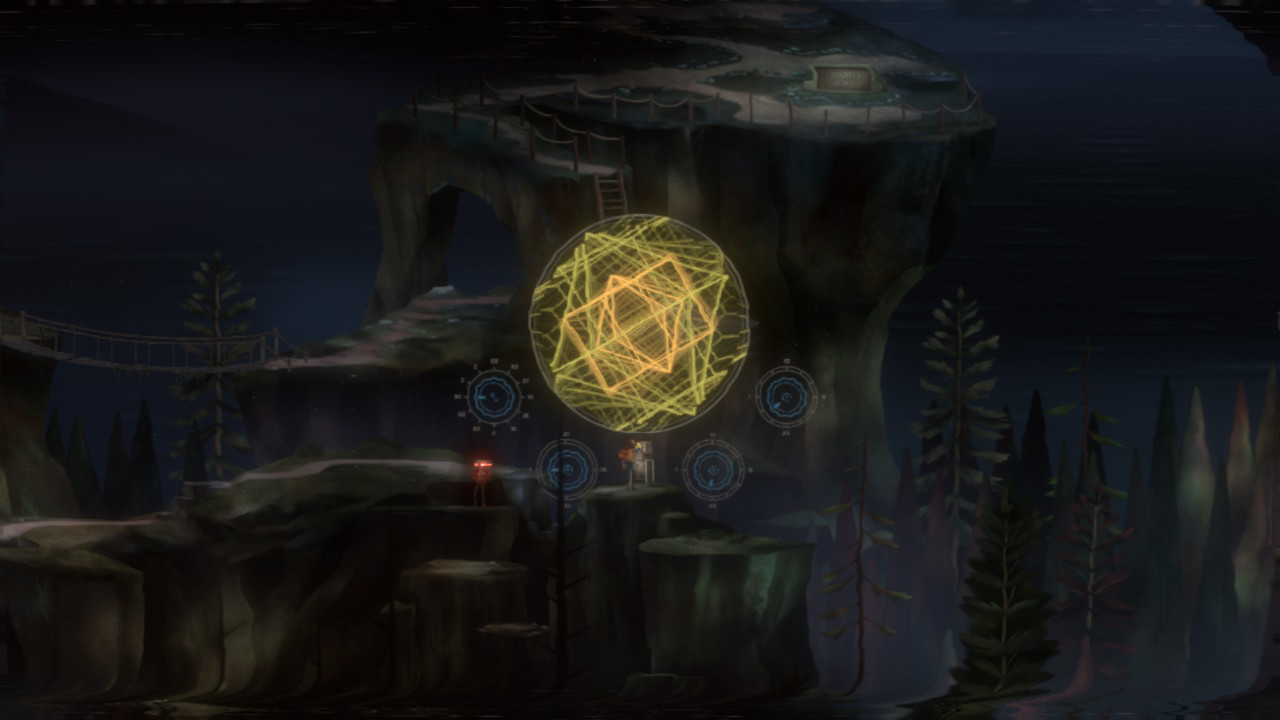
Growing Pains
Perhaps unsurprisingly, OXENFREE II: Lost Signals stumbles most when it tries to differentiate itself from the first game. Seven years passed since its release. OXENFREE II had a pretty long development cycle, originally announced to be released in 2021 then delayed twice until this year. Night School Studios was acquired by Netflix in September 2021, and I wonder about what those behind-the-scenes impacts were.
OXENFREE is a weird game. It experiments with form and includes a significant number of puzzles that you might have to actually take a pen and paper out to solve. OXENFREE II is more accessible. I felt there were fewer puzzles overall, and the ones that did exist were visually stunning but not overtly challenging in terms of gameplay. One of the most exciting parts features more of those time travel portals, but it’s utilized far too rarely for such a clever new mechanic.
In an attempt to broaden the scope, OXENFREE II gives the player a wide map in the opening beats of the game. It feels luxuriously large, hinting at free-ranging gameplay to come. OXENFREE felt like a largely linear experience, and OXENFREE II wants you to know that it’s going to be different this time. The game wants you to feel that you have some freedom and agency. The other main character, Jacob, goes so far as to literally say, “We’re not restricted to the beaten path.”
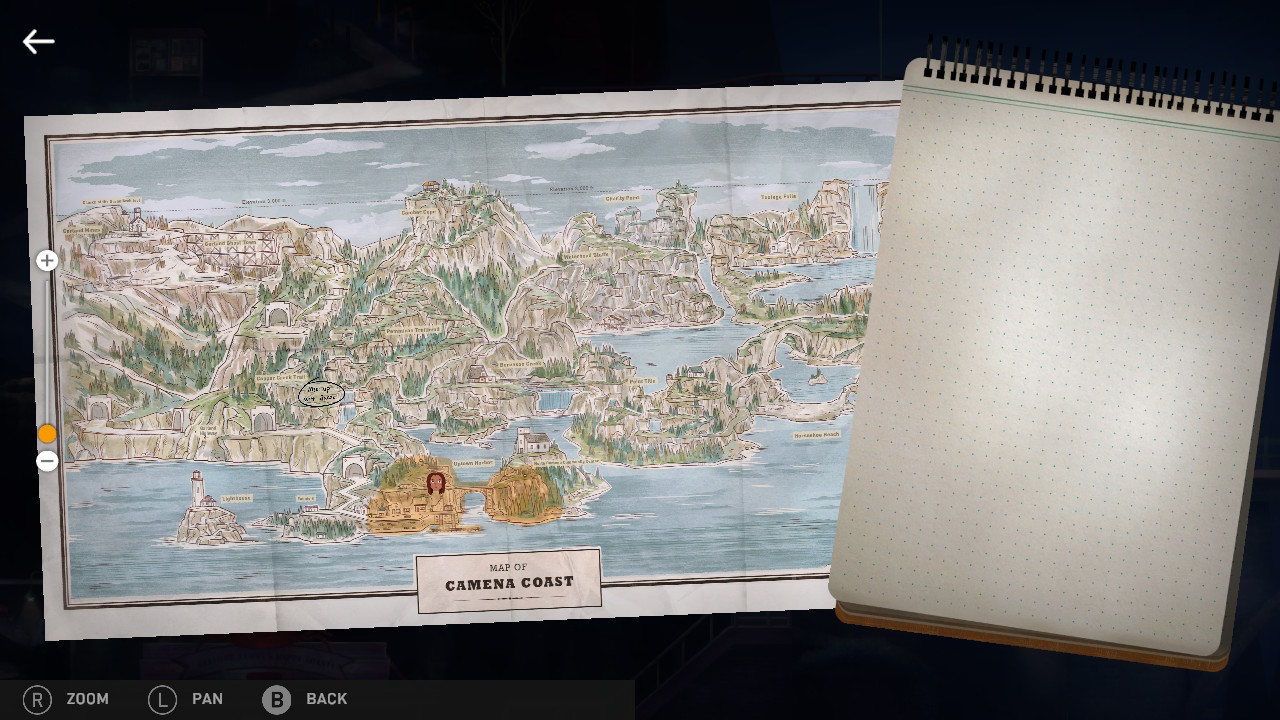
Truer said than achieved. The first act has some pacing problems, moving a bit laboriously through exposition. Additionally, it requires the player to cross back and forth across the same map sections, while other areas that would seemingly be open are explicitly cut-off from you with locked gates or missing equipment that Riley is sure she’ll find later.
Later, there are a few comments that imply the story could unfold differently if the player had gone to one area first versus another. However, there’s no New Game+ mode (unlike OXENFREE’s own excellent version which launched as DLC), I’d be hard-pressed to play an entire run again.
Should You Play OXENFREE II Without Playing OXENFREE?
No, I don’t think so. OXENFREE II is decidedly a sequel. The first hour of the game includes a decent amount of backstory, which made me think at first that the game intended to stand on its own. By Act 3, that is clearly not the case.
OXENFREE II is a fantastic game for anyone who enjoyed the first, but I wouldn’t recommend it without playing OXENFREE. That’s not to say that this is necessarily a bad thing. In a time when studios are constantly trying to outdo themselves, it’s refreshing to see a genuine sequel to a game.
Just know you’ll be missing out if you don’t play OXENFREE first.
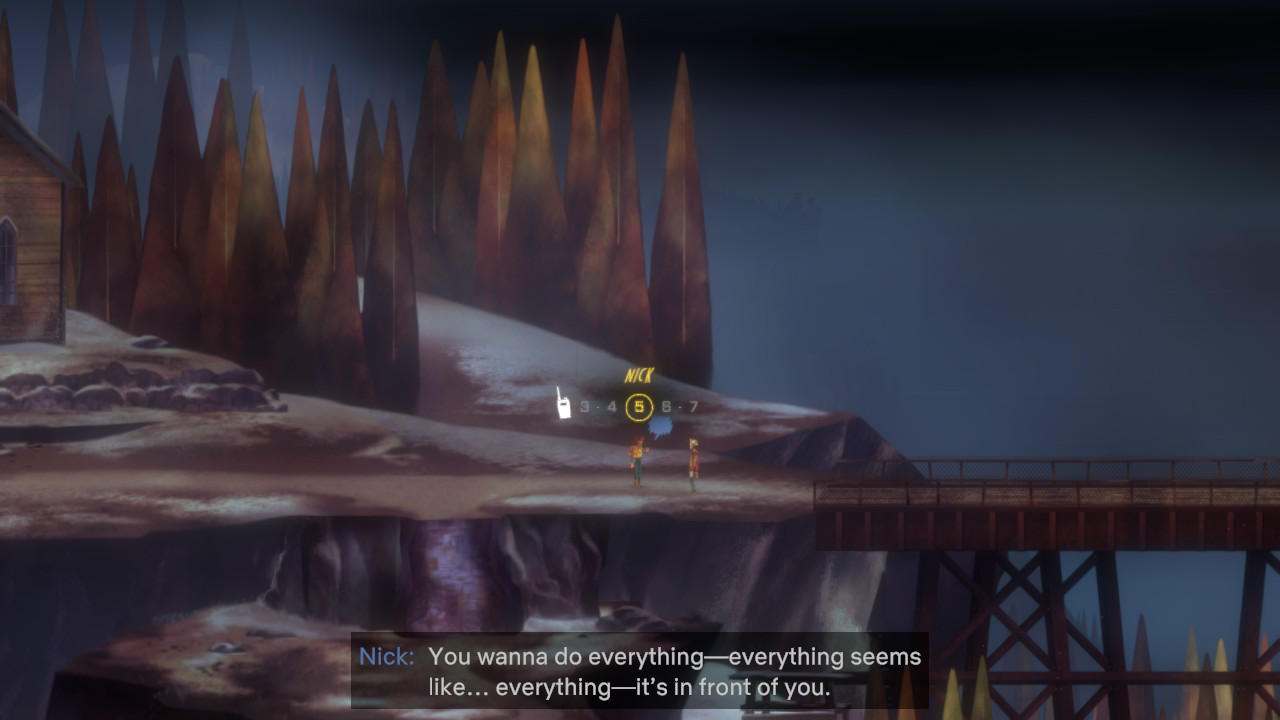
Switch… the Platform
I played OXENFREE II on Nintendo Switch which it feels like a natural fit for in terms of playability and controls. There’s one notable shortcoming, however.
In the epilogue, there appears to be a section where you can view the stats of what choices other players have made (similar to the Life is Strange series). But in Nintendo Switch, the stats don’t appear. I didn’t even know it was possible until I was looking at an achievements guide and saw a publicity screenshot from OXENFREE II from Steam. It’s disappointing to not get to have the full experience of the game.
This falls into a course of other reflections I’ve had when playing Switch ports lately. Some games do a great job of making you feel like you’re still getting the “full” experience. For example, The Great Ace Attorney Chronicles and Coffee Talk 2 both implemented systems to replicate the PC/Steam “Achievements” feature. I used to be whatever on Achievements, thinking them a completionist’s addiction, but I’ve come to love them as a guide map to the option of experiencing more of a developer’s vision.
OXENFREE II on Nintendo Switch sadly does not have a function to imitate Achievements, nor end game choice data, which is disappointing. It’s a bigger question for technical and data capability on ports beyond just OXENFREE II, and what elements of a game a developer decides are core (it’s a staple of Life is Strange to show these stats) and which are not.

Final Thoughts
OXENFREE II is another great adventure game from Night School Studios, and a worthwhile successor to OXENFREE. If you’ve been waiting for an excuse to play OXENFREE from your backlog, this sequel is a good reason. Gamers who appreciate creepypasta and making friends with (digital) randos will love the series. I highly encourage you to try OXENFREE, which is often on sale these days. Then, you can enjoy some continued excellence in OXENFREE II.
OXENFREE II ends with a kind of closure that OXENFREE didn’t. OXENFREE II feels like the studio’s letter to its most successful title, a missive that dictates, “I’ll always love you, but I’m moving on now.” It’s an ethos that, hopefully, some of its pained characters and players can learn from.
Score: 8.8/10
OXENFREE II released on July 12 for Nintendo Switch, PlayStation 4/5, Android, iOS, PC, and Mac (MSRP $19.99).
Amanda Tien (she/her or they) loves video games where she can pet dogs, punch bad guys, make friends, and have a good cry. She started writing for the site in 2020, and became an editor in 2022. She enjoys writing about mystery games, indies, and strong femme protagonists.
Her work has also been published in Unwinnable Monthly (click here to read her cover feature on Nancy Drew games), Salt Hill Journal, Poets.org, Litro Magazine, Public Books, and more. She was the Co-Founder and Editor-in-Chief of Columbia University's Culinarian Magazine, and served for two years as the Managing Editor of Aster(ix) Literary Journal.
She recently graduated with a MFA (Master of Fine Arts) in Creative Writing from the University of Pittsburgh. Her writing, art, graphic design, and marketing work can be viewed at www.amandatien.com.
She does not post a lot on social, but you can find her on X and on Instagram.


